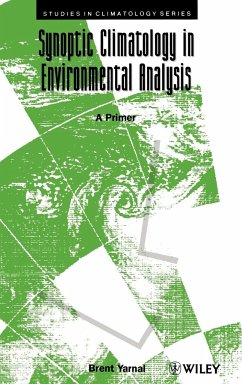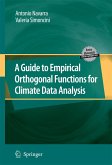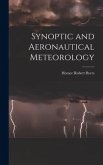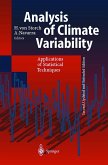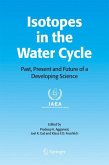This book introduces the methods of synoptic climatology -- the relationship between the atmospheric circulation and the surface environment -- and shows the vital importance of this approach in the understanding of environmental systems. This innovative and up-to-date text is both a primer for environmental scientists and a text in applied climatology for students of atmosphere science and geography. This book is constructed around the principal analytical methods of synoptic climatology: manual classification, correlation-based map-pattern classification, eigenvector-based classifications, composites and circulation indices. Four environmental scenarios illustrate the application of the synoptic climatological methods: these are urban air quality, acid rain, crop yield and fluvial hydrology. Contents Foreword Editor's preface Preface and Acknowledgments 1. Introduction to synoptic climatology 2. Manual classification 3. Correlation-based map-pattern classification 4. Eigenvector-based classifications 5. Compositing, indexing and specification 6. Relationships between the atmospheric circulation and the surface environment 7. The future of synoptic climatology References Index

